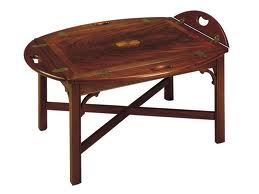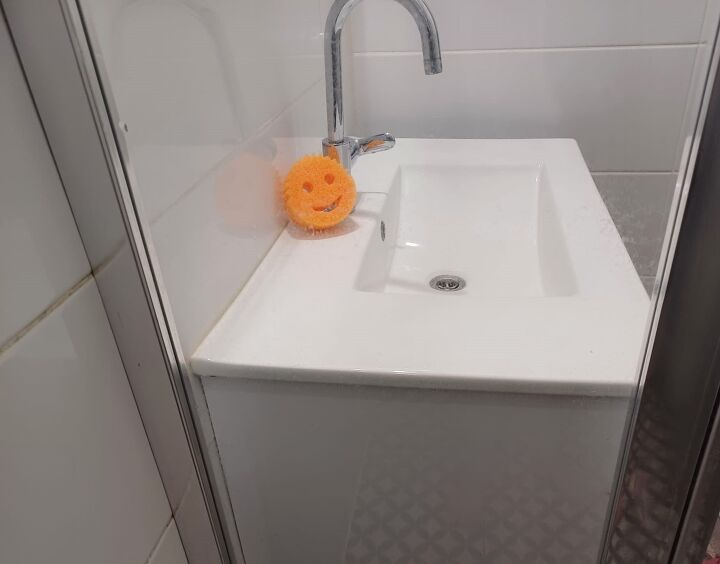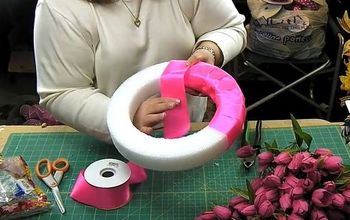OK you weekend warriors.

Part of the BPI inspection protocol is to do what is called a CAZ test or evaluation. This is a Combustion Area Zone inspection. This CAZ test is to determine if the furnace, boiler, hot water heater is getting enough fresh air for combustion. Part of this test is that we set up a worse case environment to see how the draft works on the heating system and hot water heater.
In most homes there is enough natural air leakage into the area in which to supply the heating systems and allow for the draft air to go up the chimney.
But with the big push to seal up and save programs it is quite common to find conditions where the flue gasses are NOT going up the chimney and are spilling into the home. Oftentimes being pulled into the heating return duct or AC duct system and delivered to the house as deadly CO gasses.
In any case I did this evaluation and found that most of his flue gasses were going into the house every time the furnace fan operated. Which results in a failure of this test.
Of course the issue is resolved by upgrading to a power vented hot water heater, but had I not checked this as part of the audit, this homeowner could have gotten quite sick or even died as a result.
What my point is, is that whenever you decide to seal up and save, you must think about more then just preventing that air from leaking out, but understand that you still need air leaking in. Remember any work done to a home effects the rest of the house as well. So even sealing your attic can have undesired results somewhere else.
Remember years ago when we began sealing our attics in the 70's OK most of you may not have, But us older then dirt folks do. We used plastic to cover over the vents in an effort to keep in the heat in the winter. And some would remember to take it down in summer to let out heat. Many did not, and the result was damaging mold because of trapped moisture. Well we all learned that was not such a great idea. Same goes with what many people are doing today, by sealing up their homes.
Some of the best intentions can backfire if your not careful. So when your climbing around in the attic this weekend and putting down all sorts of insulation or doing air sealing in the rest of the home that I always suggest on many of my posts. Remember there is equipment elsewhere in the home that may suffer from the result of you trying to do the right thing.
You can do your own mini CAZ test on your own. Turn on all the fans in the house. Close all the windows. Turn on the blower on the furnace and turn on the dryer as well. Then taking a mirror turn on your hot water heater and wait about on minute. Then place the mirror next to the draft hood and look for steaming to occur on the mirror glass. Or you can simply put your hand next to it but be careful not to burn yourself on the hot pipe. Do you see a fog on the glass or excessive heat coming out when the hot water heater has been running for a short while? If so you have a home that just may be too tight to be safe.
I have seen basements so tight that the door at the top of the stairs slams shut when the furnace is operated. This oftentimes results in burnt fronts on the hot water heater, or burnt cabinets on the front of the furnaces. If you see this, get it checked out by a professional or your local utility company just to be safe.
-
Great information as usual!
 Kevin M. Veler, Law Office of
on Nov 21, 2011
Helpful Reply
Kevin M. Veler, Law Office of
on Nov 21, 2011
Helpful Reply -
-
Woodbridge - How do you deal with the big kitchen vent hoods that are strong enough to pull air down a chimney? How do you deliver outside air to a kitchen?
 Walter Reeves
on Nov 21, 2011
Helpful Reply
Walter Reeves
on Nov 21, 2011
Helpful Reply -
-
If someone is using a large enough kitchen hood to draw down air such as this and the hood was determined to be the cause. Then either a make up air system must be installed or the owner directed to open a window or door to counter act the negative pressures when the hood is operational. However being nature we install make up air devices that are connected to the heating and cooling system that runs in conjunction with the fan when its turned on. Oftentimes these larger hoods have a makeup air system that can be connected to the hood during install. But on the smaller hoods where this happens you either live in a thermos bottle or a very small home. You see this all the time in commercial environments where a make up air system or Swamp cooler system is installed to make up for the large amounts of air that is being pulled up our of the kitchen when the vents are used there. I bet you can count on both hands how many mom and pop take out places you were in where you had a issue with opening the door only to feel a rush of air coming into the building. Because of elevated costs in cooling and heating they simply turn that device off. But in those places such as a franchise type of food establishment their systems are closely monitored and businesses are fined if they do not use these systems. In larger commercial buildings AC systems have special make up air systems attached to the side of the roof top equipment just to keep the air clean as well as plentiful because of all the drafting devices that are used in the many baths and offices. In residential construction we use make up air devices HRV that provide fresh air in homes that are really tight. in some cases we convert all the combustion equipment to power draft devices to overcome the negative pressures we encounter. Quite often worse case means everything at once must be used at the same time. Oftentimes turning off just one appliance fan allows for the natural draft to work. Its in those cases we simply upgrade the equipment with power ventilation fans in order to make the CAZ pass.
 Woodbridge Environmental Tiptophouse.com
on Nov 21, 2011
Helpful Reply
Woodbridge Environmental Tiptophouse.com
on Nov 21, 2011
Helpful Reply -
-
Great info, and plenty of excellent detail, Woodbridge. Thanks.
 3po3
on Nov 21, 2011
Helpful Reply
3po3
on Nov 21, 2011
Helpful Reply -
-
Last January I had the "pleasure" of doing some plumbing repairs in a homes Mechanical space. This was a smallish closet area that housed both the water heater and the homes furnace. This was only access from outside. Two large 6" dia vents allowed combustion air to enter this tiny room...as well as the -10 degree outside air. Inside the home the renters were using the woodstove a lot so the furnace did not come on as frequently. When this happens that small room becomes very cold and some unprotected piping near the water heater burst. The Idea of isolating the furnace was great but not protecting the other vulnerable area was not so great.
 KMS Woodworks
on Nov 23, 2011
Helpful Reply
KMS Woodworks
on Nov 23, 2011
Helpful Reply -
-
As I understand the fuel gas code, furnace and utility rooms require two fresh air vents. One near top of wall one down. And depending on the air source, such as attic, crawl or room the minimum amount of air is 1 square inch of free space per 1,000 BTU input. However this is a rule of thumb. We use this because of the use of vent grills blocking the opening. However if there is no cover and louvers are used with screening then the codes vary from 1sq inch/3000 BTU with direct outside vent single opening to 1 sq inch/4000 BTU two openings. Two 6 inch vents are pretty much the standard and its not uncommon for those pipes to be placed next to a water pipe. As the HVAC guys install it before the plumber gets in and runs his pipes. And at that time everyone is warm and fuzzy and does not realize what happens when it gets real cold out and the air starts being pulled in with the new equipment.
 Woodbridge Environmental Tiptophouse.com
on Nov 23, 2011
Helpful Reply
Woodbridge Environmental Tiptophouse.com
on Nov 23, 2011
Helpful Reply -
-
These vents were behind the furnace...the water heater was on the opposite wall about 5 or 6 feet away. With our winds any opening bigger than a crack is going to allow a lot of air in / out. In other homes it seems so contradictory...to try to seal up windows doors etc. and then Intentionally cut to big fat holes in the side of your house.
 KMS Woodworks
on Nov 24, 2011
Helpful Reply
KMS Woodworks
on Nov 24, 2011
Helpful Reply -
-
Good Grief! Thanks for this information I'm going to try that test first chance I get.
 Peggy H
on Nov 24, 2011
Helpful Reply
Peggy H
on Nov 24, 2011
Helpful Reply -
Related Discussions
Why does my oven smell when turned on?
Hi all,Lately, my oven emits an unpleasant smell whenever I turn it on. The kitchen then smells and the foul odor lingers, it's very frustrating.I'm sure I'm not alon... See more
How to Update a Butler's Tray Table
My mother passed down to me a mahogany/cherry Butler's Tray Table. It look like the one in this picture except that there is no medallion in the center, just wood. I'... See more
If you could redo your master bathroom, what would you change?
Dreaming of a master bathroom remodel?Tell us: If you could change just one thing, what would it be?Your input could inspire others looking for master bathroom ideas ... See more
How is it really spelled?
Hi, I may be way off base, and if so, I apologize in advance, but I have heard many references to "Fir", the type of wood, with regards to kitchen walls and soffits, ... See more
Why are flies gathering on my covered patio in the same spot?
Hi Hometalk Peeps...I have a problem on our back covered patio. Every year in the same spot we get tons of flies ....We put up one of those fly traps before that trap... See more
Hardwood Floors or Carpet in Bedroom: What's Your Preference?
Hey Hometalkers! We've got a cozy debate going on here: when it comes to bedroom flooring, do you lean towards the warmth of carpet or the timeless elegance of hardwo... See more




